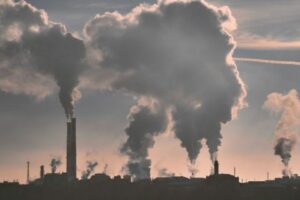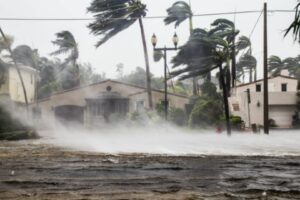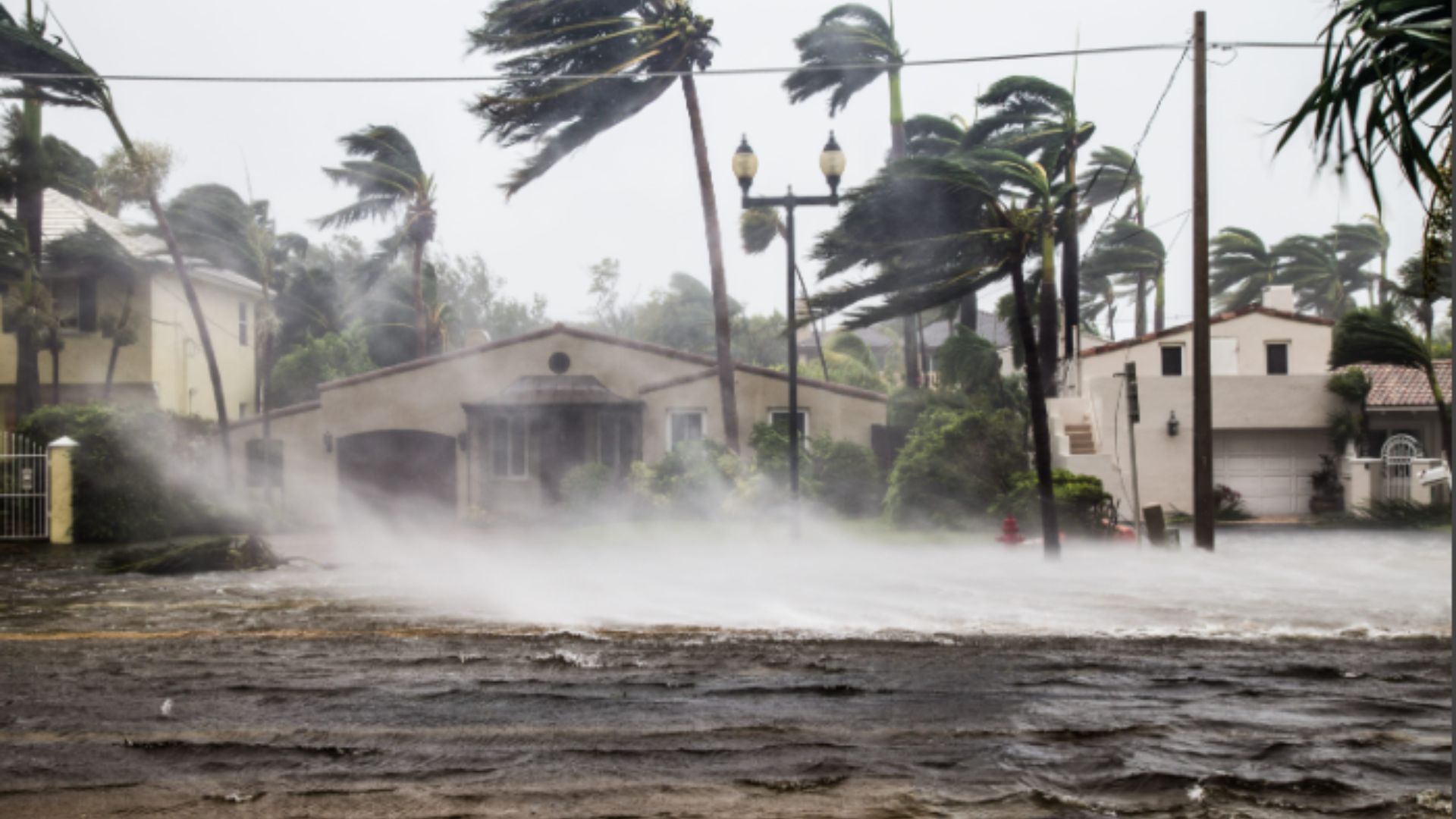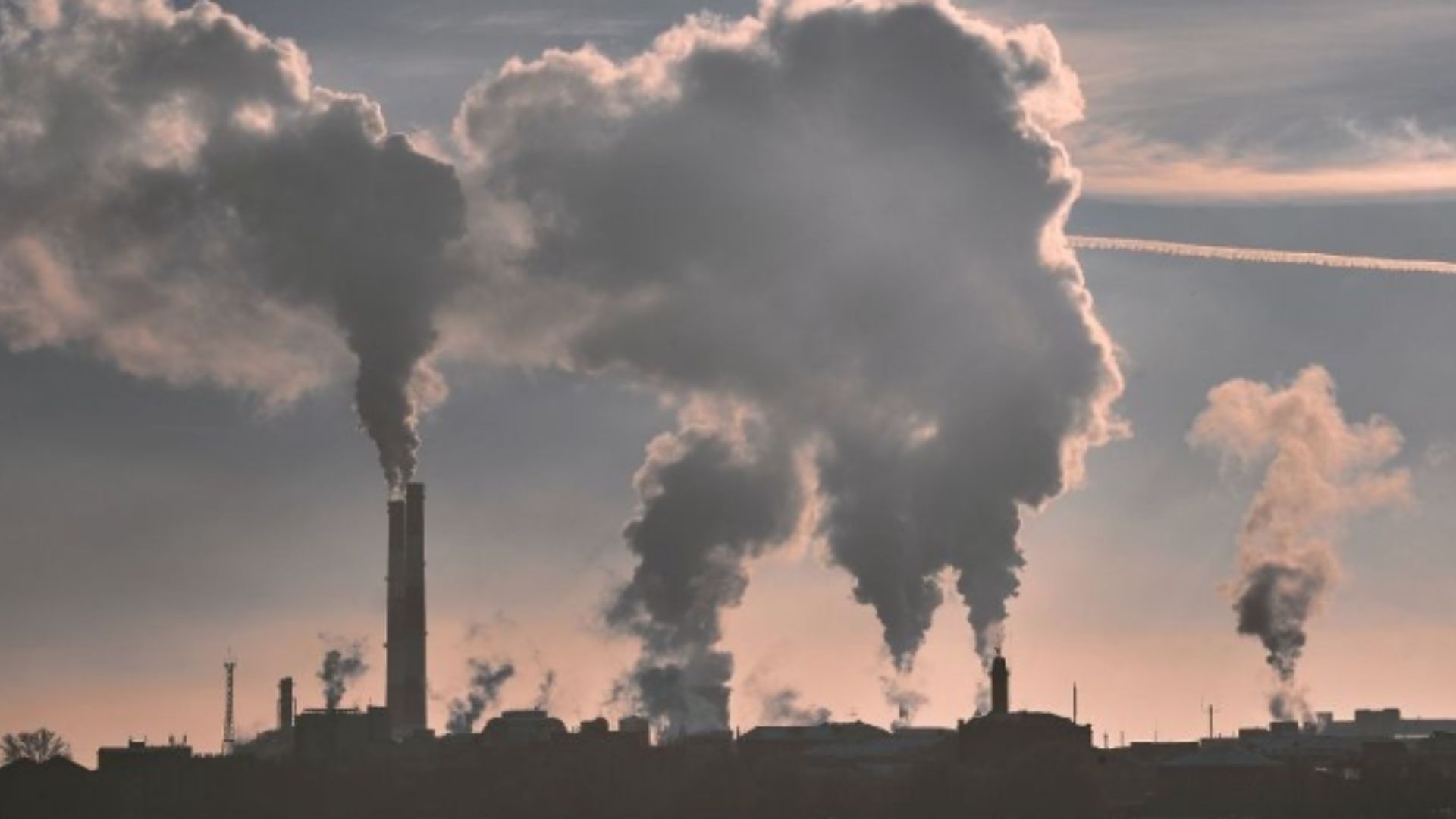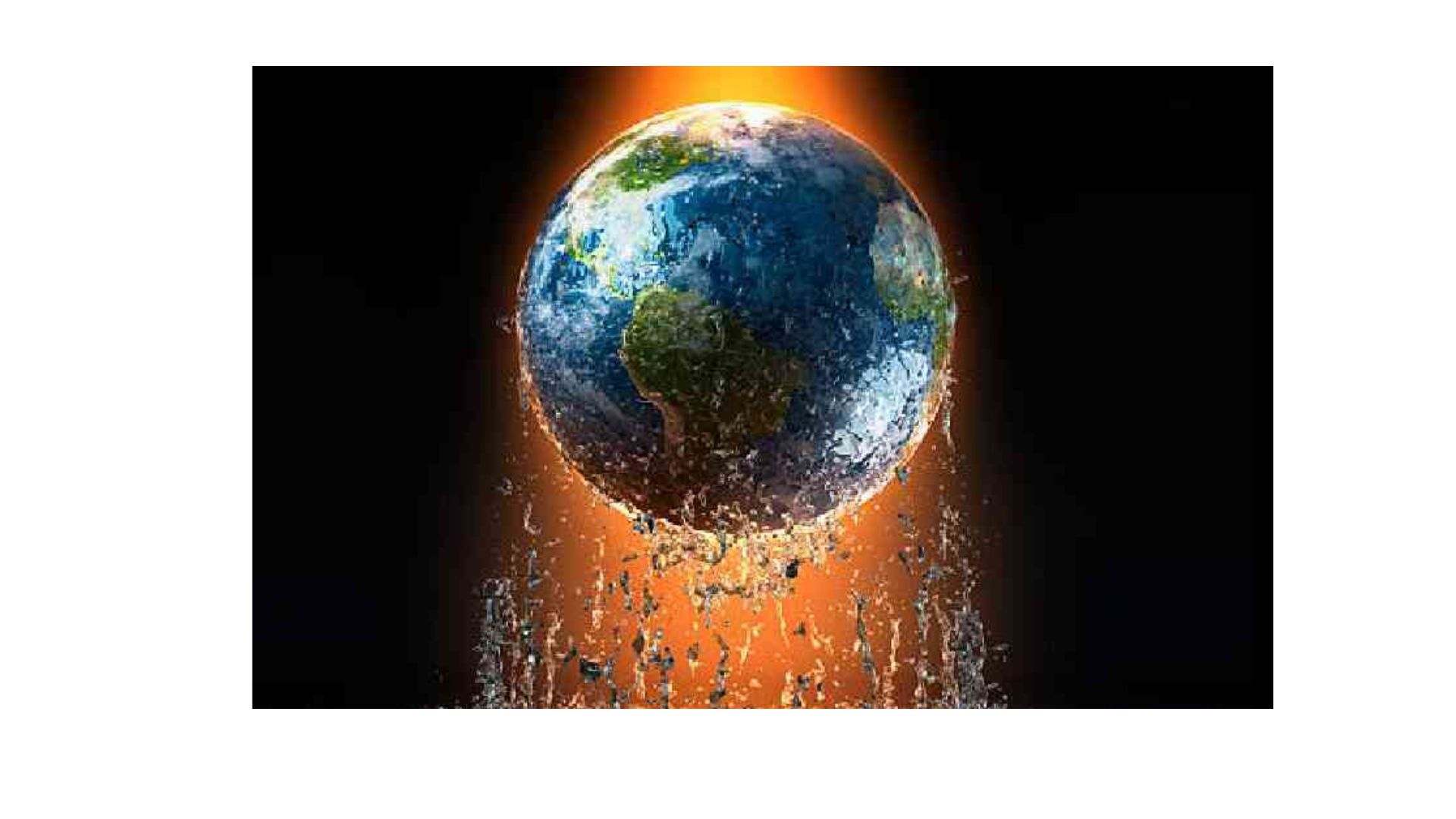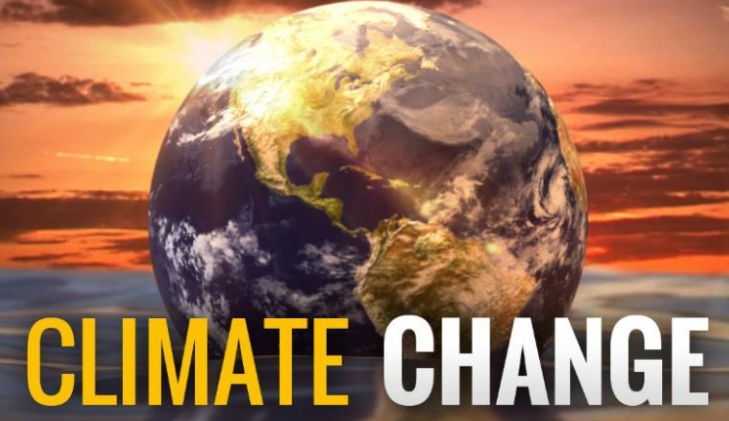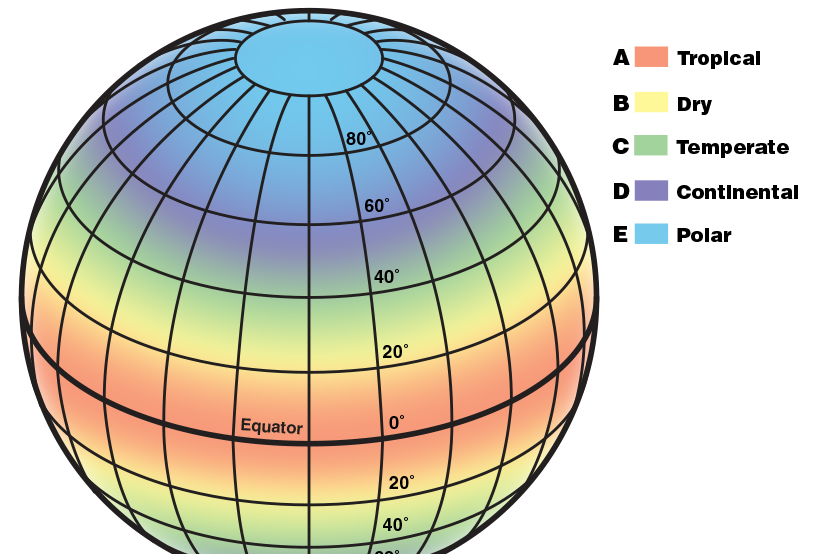Disrupted weather patterns events are no longer a rarity. From record-breaking heat waves to devastating floods and droughts, these intense weather patterns are becoming more common and severe. Scientists overwhelmingly agree that climate change is a major driver behind this worrying trend. This blog post explores how climate change is intensifying these extreme weather events, focusing on four key areas.
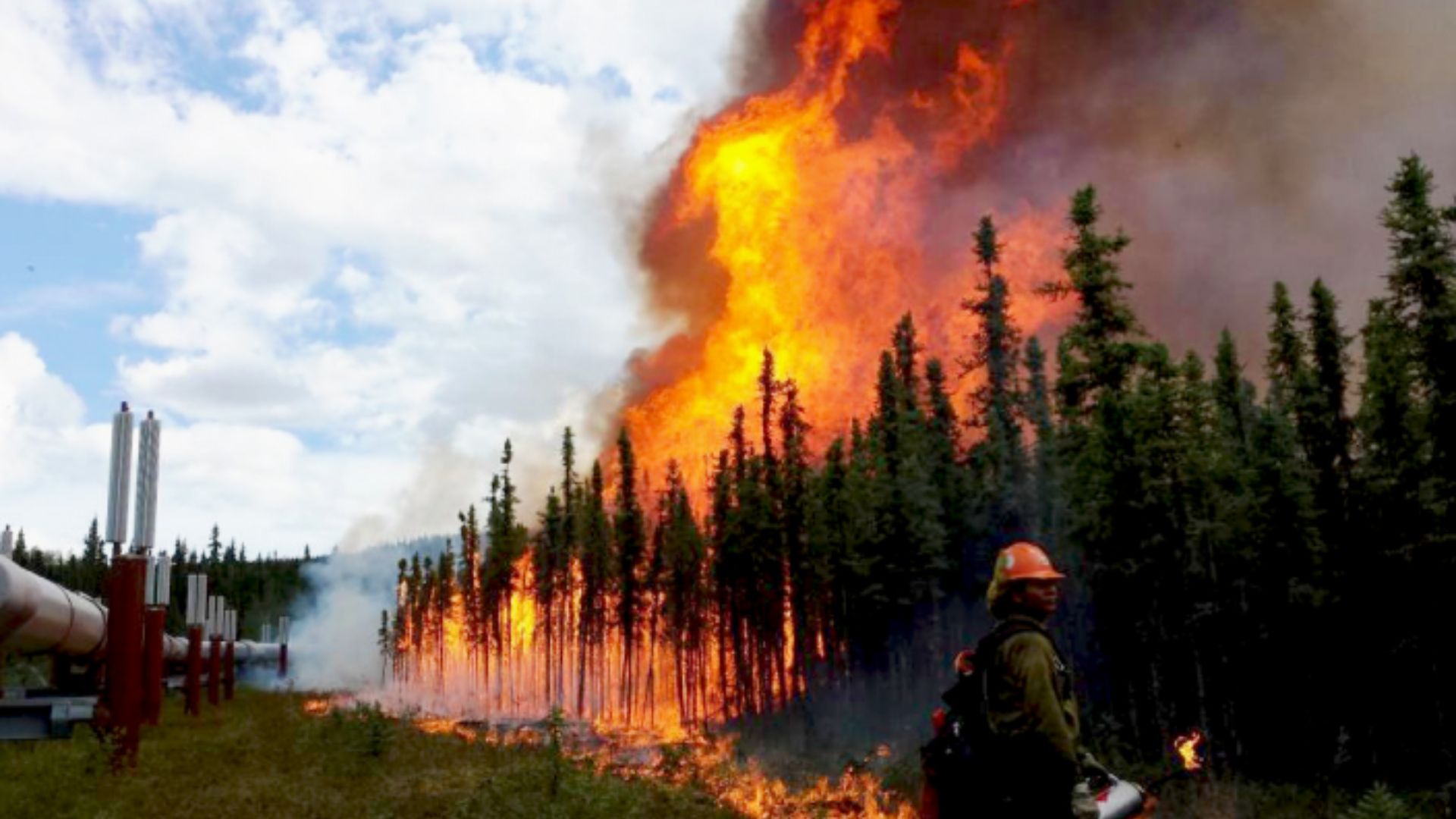
Setting the Stage for Heavier Precipitation
Imagine a sponge. The warmer a sponge gets, the more water it can hold. Our atmosphere works in a similar way. As climate change causes global temperatures to rise, the atmosphere can hold more water vapor. This increased moisture content creates the perfect conditions for heavier precipitation events. Intense downpours and storms become more likely, leading to flash floods, landslides, and infrastructure damage. Places that were once accustomed to moderate rainfall may now experience sudden and overwhelming deluges.
Disrupted Weather Patterns and Intensifying Storms
The jet stream is a high-altitude band of strong winds that circles the globe. It plays a crucial role in steering weather systems. In addition, climate change is disrupting the jet stream’s usual patterns. A wavier jet stream can lead to stalled weather systems, causing some areas to experience prolonged heat waves or droughts while others are battered by relentless storms. Furthermore, a weaker jet stream can allow weather systems to move more slowly, intensifying their impact on specific regions. This explains why some storms linger for days, dumping massive amounts of rain or unleashing destructive winds.
Rising Sea Surface Temperatures
Hurricanes are tropical cyclones that draw their energy from warm ocean waters. However, as climate change warms sea surface temperatures, it creates ideal conditions for stronger and more destructive hurricanes. Hurricanes can form more easily, intensify rapidly, and maintain their power for longer periods. The increased intensity translates to stronger winds, higher storm surges, and more devastating flooding in coastal communities. Places that were once considered relatively safe from hurricanes may now be at risk due to the intensifying nature of these storms.
Changing Temperatures
Climate change isn’t just about rising average temperatures. It also leads to more extreme temperature swings. Heat waves are becoming hotter and more frequent. These prolonged periods of scorching temperatures can cause heatstroke, worsen air quality, and stress agricultural resources. On the other hand, some regions experience more frequent and severe droughts. With a warmer atmosphere, more water evaporates from the land surface, leading to drier conditions. These droughts can have a devastating impact on agriculture, water supplies, and ecosystems.
Melting Glaciers and Snowpack
Moving on, climate change is causing glaciers and mountain snowpack to melt at an alarming rate. These frozen reservoirs of freshwater play a vital role in regulating regional water supplies. Their decline disrupts natural water cycles, leading to earlier snowmelt and reduced river flows during critical summer months. Therefore, this exacerbates drought conditions and puts additional strain on water resources, impacting agriculture, hydropower generation, and even drinking water supplies.
Increased Flooding and Coastal Erosion
Rising sea levels are another major consequence of climate change. As warmer temperatures cause glaciers and ice sheets to melt, the volume of water in the oceans increases. Also, this rising sea level threatens coastal communities around the world. Additionally, low-lying areas are more prone to flooding, saltwater intrusion can contaminate freshwater sources, and coastal erosion can damage infrastructure and displace populations. The combined effects of rising sea levels and intensifying storms pose a significant threat to coastal ecosystems and human settlements.
Conclusion
In conclusion, the increasing intensity of extreme weather events and the disruption of weather patterns serve as stark reminders of the urgency to take action on climate change. By reducing greenhouse gas emissions and transitioning to clean energy sources, we can mitigate the effects of climate change and lessen the severity of future extreme weather events. This requires individual efforts, but also strong political will and international cooperation. Let’s work together to build a more sustainable future, one where disrupted weather patterns become less frequent and their impacts less devastating.



